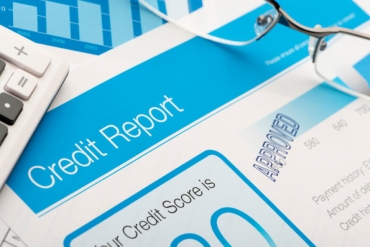Your credit score is a snapshot of your financial dexterity. It gives an insight into your credit worthiness on the basis of your past borrowing behavior, financial pitfalls and bad credit history. There are many credit reporting agencies such as Equifax, TransUnion, and Experian that calculate credit scores, but Fair Isaac Corporation (FICO) is considered to be the most accurate and is widely used. For many of us, getting a good FICO score is equivalent to having arrived on the American stage.
But the financial meltdown of 2008 did bring about radical changes to the sector. The Federal Housing Finance Agency is considering a complete review of the existing credit scoring models used by FICO and others. Fannie Mae and Freddie Mac are still using FICO 4 scores even though FICO 9 is more popular. FICO 9 is more predictive and considers how customer credit behavior has changed since recession. Some analysts believe it provides a complete picture about the borrowers’ financial viability. Many borrowers can see advancement in their scores, while many more continue to come under the credit-worthy bracket.
But for many, FICO score is becoming more cumbersome with new yardsticks coming into the picture. The Consumer Financial Protection Bureau (CFPB) estimates that over 24 million Americans are financially invisible making it difficult for lenders to reach out to them. Therefore, credit scores are now taking into account newer yardsticks like social media data and mobile phone transactions. This makes many Americans visible; the smartphone users will reach 2 billion by 2020.
Fannie Mae is looking into alternative credit scores such as Vantage Scores to boost its credit reach. With other credit scores making inroads into the industry, FICO is finding its monopolistic hold slipping. Analysts also point out that FICO continues to use dated information and hence, the credit scores created a decade ago could not be the correct indicator of borrowers’ credit worthiness.
Customers are excited as many would now be eligible for credit with Vantage as it takes into account only 24-month long credit history. This is useful for millennials who do not have much exposure in the market.
Technology-enabled systems help lending institutions to come up with premium rates for applicants with poor or no credit history. This helps bankers lend out without fear of non-performing assets (NPA). For the consumers also this is helpful in that intelligent technology helps them secure a loan even though they have to pay slightly higher interest rates. Thus many people who would otherwise be ineligible for mortgage loans shall gain access to mortgage. Thus banks end up banking the unbanked. This strengthens the social fabric and brings them extra business.
But moving on to a new credit score entails much investment in mortgage technology solutions and change in business processes—which is costly, complicated and takes time. Besides, lenders purchased over 10 billion FICO scores in 2015 as credit card issuers, auto lenders and other businesses continue to rely on FICO. This means that FICO is here to stay for a long time, and there will be huge demand for supportive mortgage technology.
One of the major worries bank have includes being updated without spending on a sizeable workforce focused on the Hill. Automation in regulations update is making FICO compliance a non-issue for early adopters all across the United States.
Agile development is a buzzword in Silicon Valley when it comes to enterprise software these days. It is one of the most convenient IT implementation techniques in an environment speckled with changes. Emerging regulations, new rules for FICO compliance, addition of features for customer convenience—all these aspects become easy to implement when platforms used by banks are placed on cloud and the applications can be amended—sometimes automatically and at other times by offshore development teams keeping the costs low. All in all, the future looks bright with technology helping banks keep their operations compliant and profitable at the same time.

